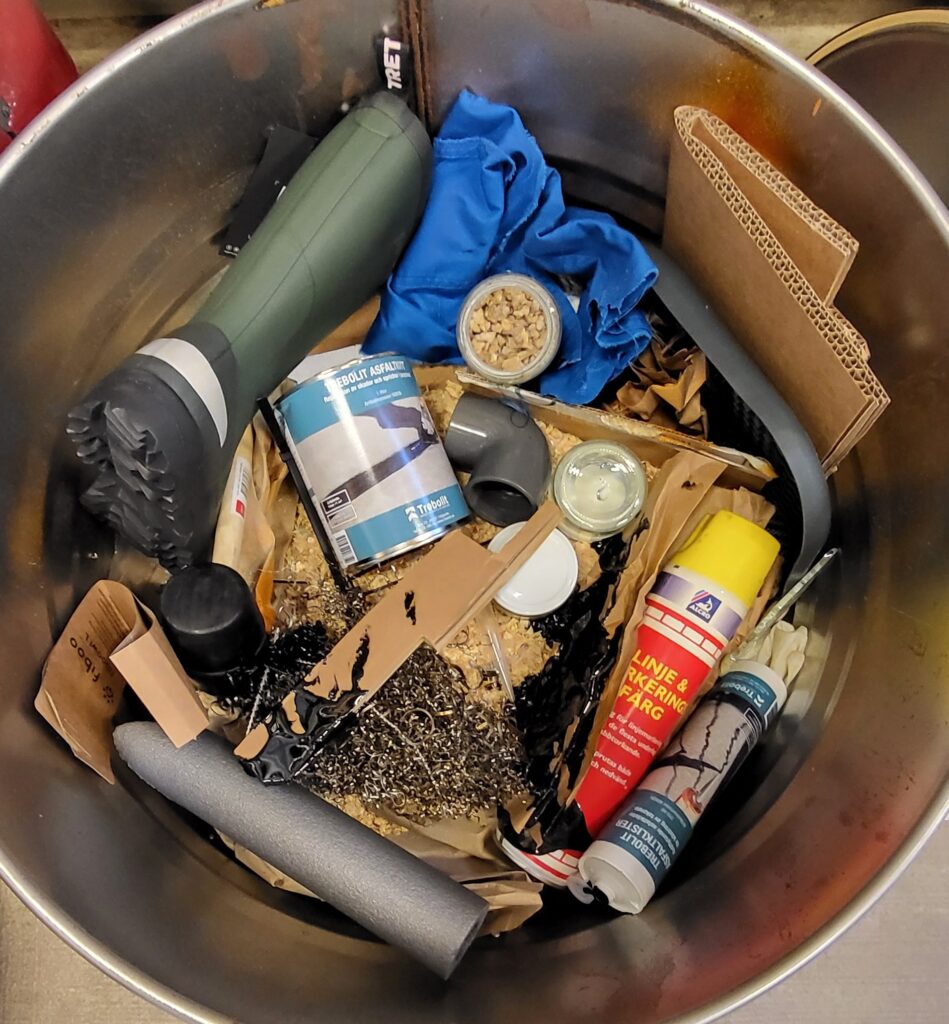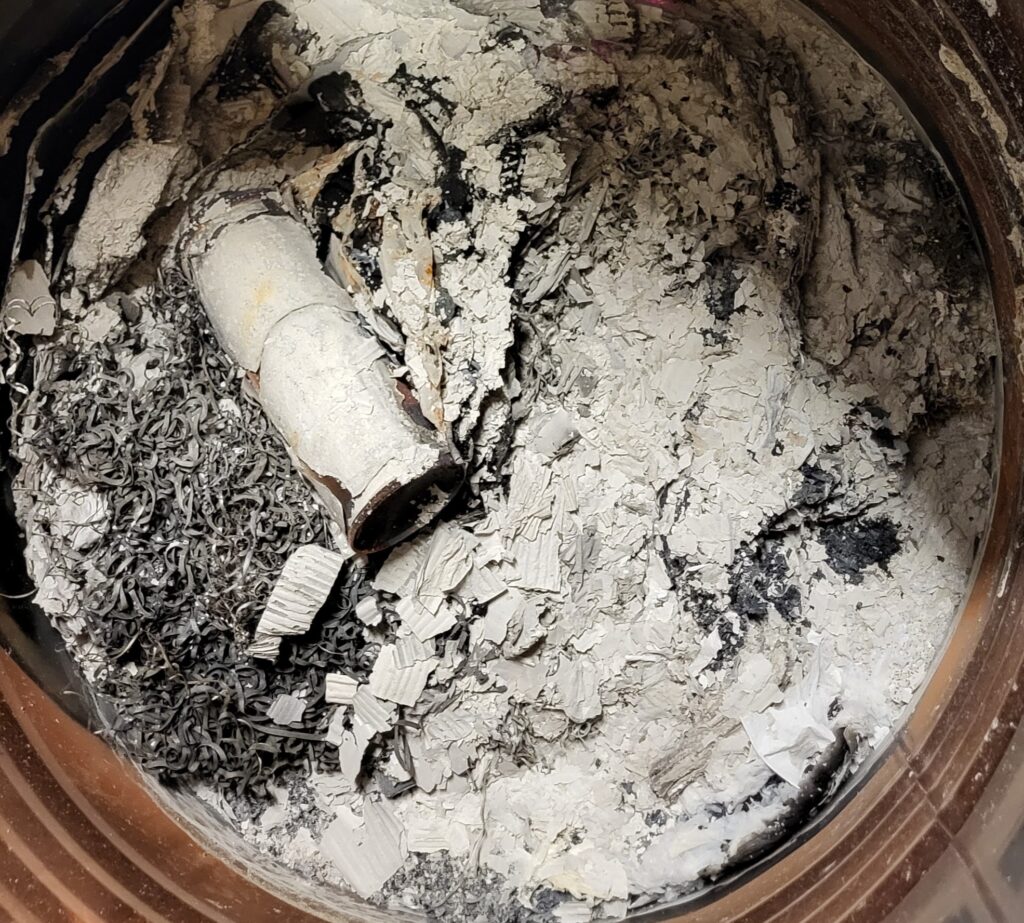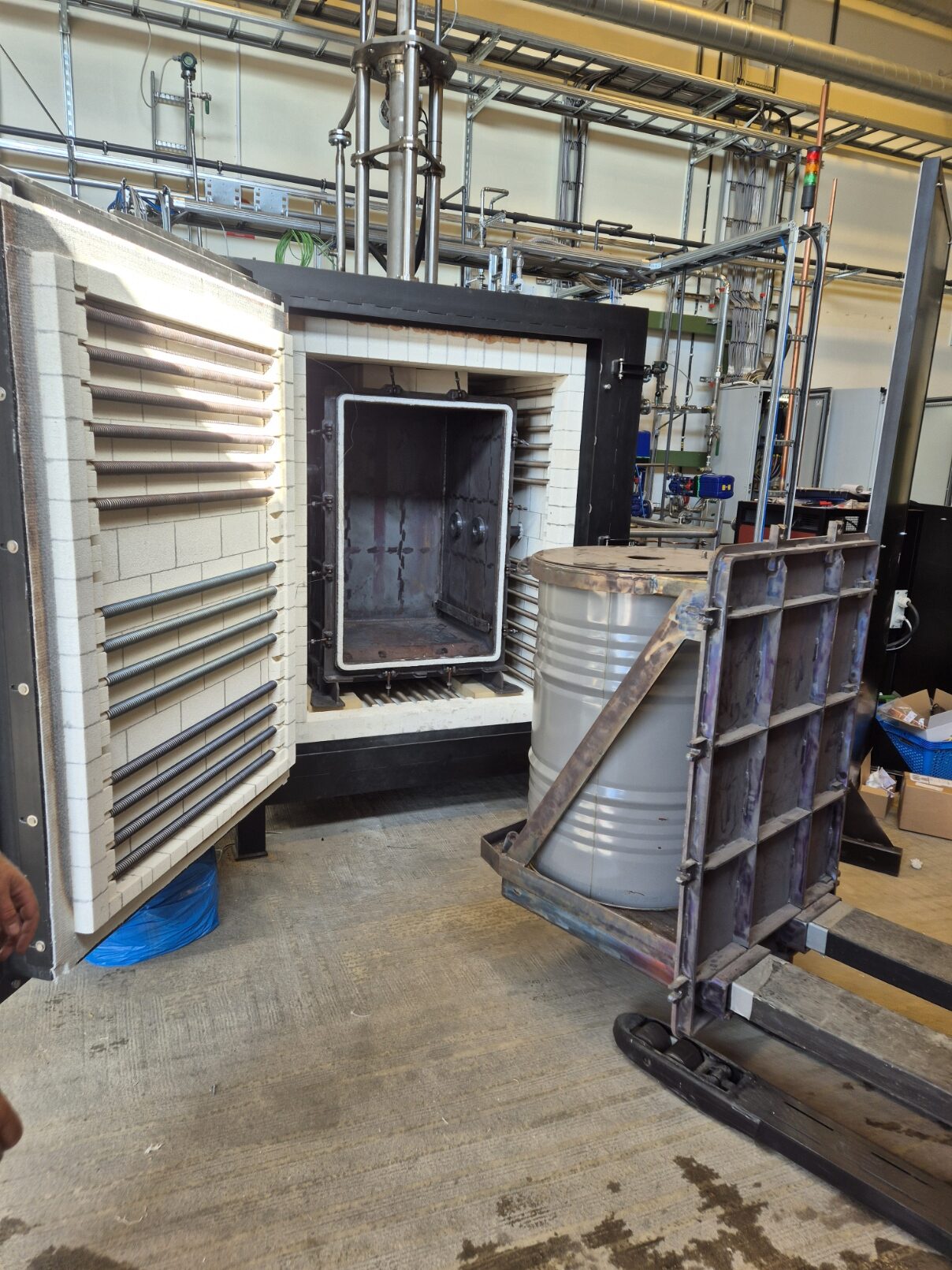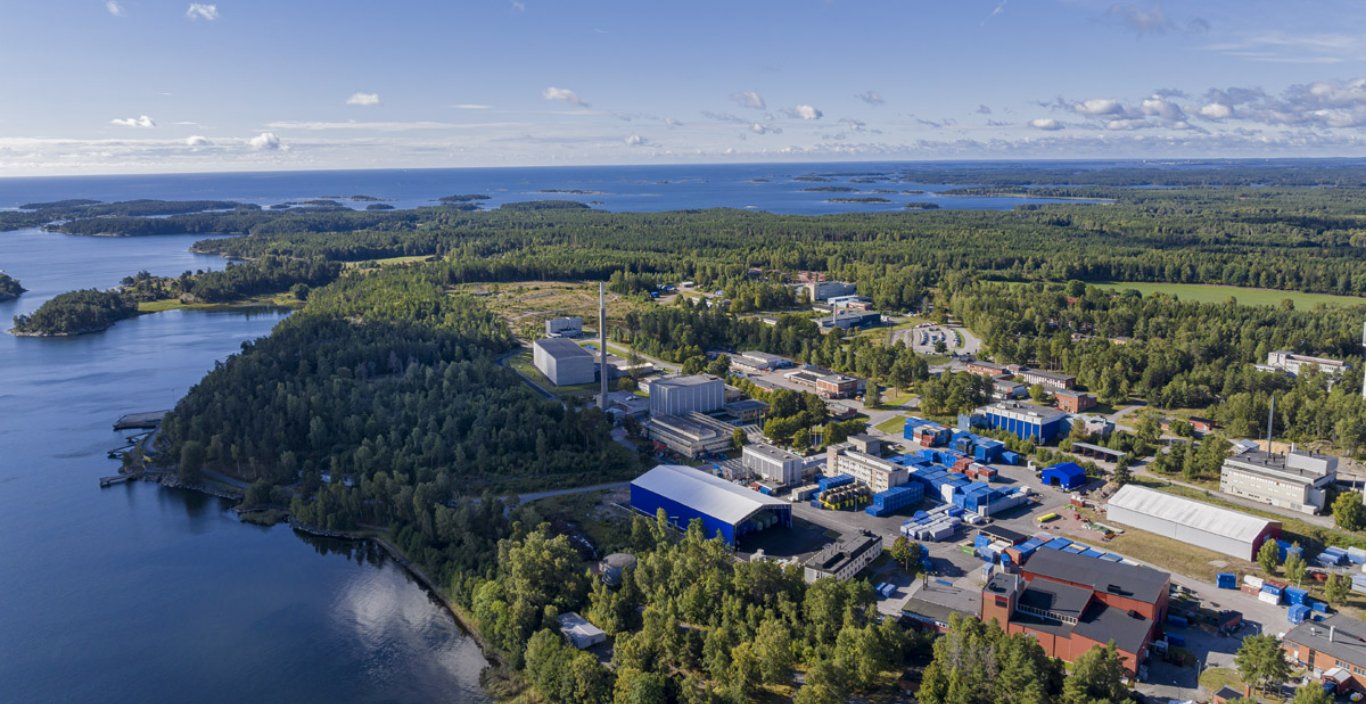Problematic Waste Treatment – inDRUM Technology solution
Studsvik has developed and patented a waste treatment technology applicable to the treatment of:
- Mixed ILW and LLW wastes stored in drums or other containers typically from historic activities
- Waste which can have both radioactive and/or hazardous properties
- Waste that cannot currently be economically, environmentally, or technically disposed of in its current form or through other treatments such as grouting or incineration
Our process is a batch thermo-chemical system designed for the treatment of radioactive wastes to remove characteristics that make the waste unacceptable for shipping, long-term storage, and/or disposal. The resulting inert product can be safe for disposal at European disposal facilities.
LLW or ILW wastes examples suitable for inDRUM
Significant Volume Reduction of:
- Sludge
- Resins
- Organics
- Plastics
- Acids
- Nitrates
- Reactive Metals
- Oils
- Paint
Waste capture possibilities:
- Mercury
- Iodine
- Tritium and C14 (Using a partner technology)
The inDRUM process utilizes heat and controlled environment to treat containerized radioactive wastes by means of in-container thermal treatment to remove the free liquids, destroy organics, and deactivate corrosives and reactive materials from the containers. The resultant product is a char (ash) which is dry, inert, inorganic waste material.
Treatment is achieved without removing or handling/sorting wastes from the container. In most applications, wastes are treated in the container in which the wastes were originally packaged.


Before and After IDP Treatment
The inDRUM process consists of two main treatment systems. An in-container autoclave treatment system which vaporizes liquids, thermally decomposes carbon based compounds, and stabilizes reactive materials, The second system if the off-gas treatment system: consisting of thermal oxidizer, quench scrubber, filtrations systems, and other equipment to achieve the necessary emissions standards.
inDRUM Container Treatment Unit (CTU)In the autoclave, containers of contaminated waste are blanketed with nitrogen and electrically heated. The autoclave is normally heated to temperatures between 550˚C and 650˚C. A proven ventilation system captures any solids, reactive, corrosive or volatile gases are treated and volatilized radionuclides captured before the final filtration which will release permissible gases such as CO2.

inDRUM Container Treatment Unit (CTU)
Depending on waste types, significant volume reduction can be achieved (>90 %), supporting efficient disposal. The resulting waste product is typically a char (ash) which remains in the drum for any necessary final treatment (such as compaction or grouting depending on the disposal requirements).
Summary
- inDRUM is a patented technology for the treatment of Problematic Wastes which:
- After treatment, the chosen final waste form can be acceptable for European disposal.
- Achieves significant volume reduction for organic and liquid wastes.
- Enables drums to be managed with minimal to no handling of containerized waste.
- Completely destroys nitrates and organics resulting in a stable waste form.
- Removes of any free liquids in the waste through evaporation.
- Nitrates are thermally decomposed into gaseous NOx.
- Corrosives and reactives are converted to inert non-hazardous oxides or carbonate compounds.


